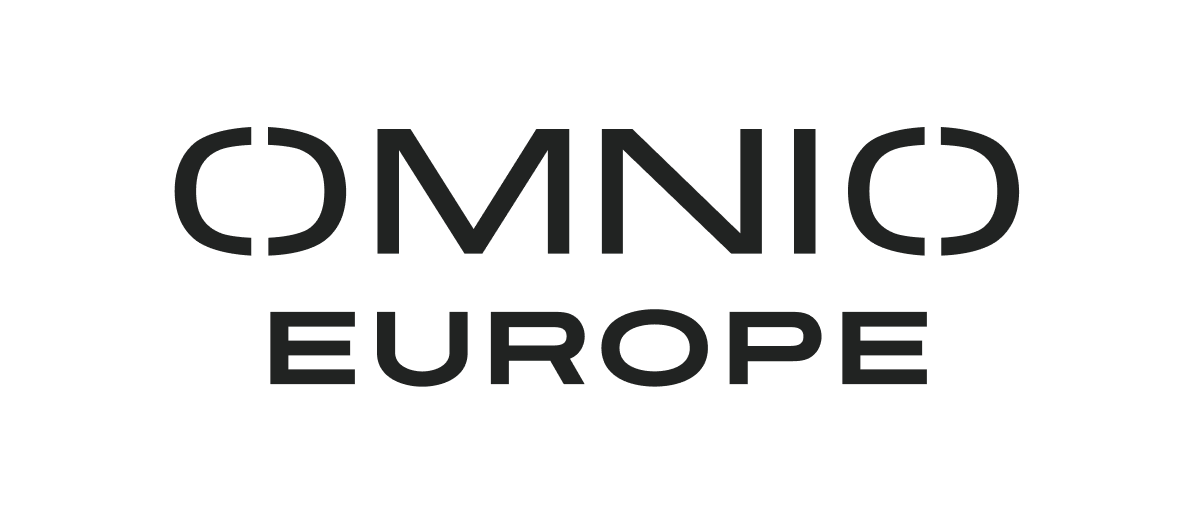
Maximizing Return on Investment (ROI) in Loyalty Programs
Loyalty Programs are a powerful tool for companies looking to build lasting customer relationships and increase profitability.
However, measuring and optimizing the Return on Investment (ROI) in these programs is essential to ensure that they are effective and sustainable in the long term.
Defining ROI in Loyalty Programs
ROI in Loyalty Programs refers to a company’s ability to generate economic value through investment in incentives and benefits for loyal customers.
This value can manifest itself in several ways:
Increased sales: Program participants tend to spend more and buy more frequently than new customers. A well-structured program can boost sales through incentives such as exclusive discounts, special promotions and bespoke Rewards.
Reducing the Churn Rate: Loyalty of existing customers can help reduce the churn rate, allowing the company to save on the costs of acquiring new customers.
Increased Customer Advocacy: Loyal customers are more likely to recommend the Brand to friends and family, acting as brand ambassadors and contributing to an increase in new enrollments and sales.
Measuring ROI
To effectively measure the ROI of Loyalty Programs, it is critical to use key metrics such as:
Subscribers’ Churn Rate: Calculating the Churn Rate of customers involved in the program can show how much added value the program generates for customers, based on the dropout rate over time.
Analysis of active members: Calculating the ratio of active program members (i.e. who have taken advantage of Loyalty mechanics within a given period of time) to those who are inactive, can provide a clear indication of the effectiveness of the program.
Transaction Metrics: Monitoring the number of transactions, the frequency of use of Rewards, and active spending of customers can indicate success and commitment to the program.
Optimize ROI
To improve the ROI of Loyalty Programs, Brands can adopt several strategies:
Experience Personalization: Offering personalized rewards based on customer behaviors and preferences can improve the attractiveness and effectiveness of the program.
Data Analysis: Using customer data to identify behavior patterns, segment audiences, and anticipate needs can help optimize bids and maximize ROI.
Ongoing Innovation: Keeping the Loyalty Program up to date with new technologies, market trends and customer feedback can help maintain interest and effectiveness in the long run.
Investing in Loyalty Programs can be extremely beneficial to a business, but it is crucial to measure and optimize ROI to make sure the investment produces tangible and sustainable results over time.
With a strategic, data-driven approach, companies can maximize the value generated by their Loyalty Programs and build customer trust and loyalty in the long term.
Omnio Europe’s role
Omnio Europe helps Brands in all phases of the Loyalty Program, through its Omnio Loyalty Engine technology platform. In this way, the Brand can monitor the progress of the program in detail, keeping an eye on the sales and use trends of the customer-by-customer program.
The Brand may modify its program from time to time to meet its Business objectives, implementing those adjustments necessary to maximize the Customer Retention or Engagement of the program.
Our range of services includes both strategic and operational support, with Custom Programs to meet the specific needs of your business.
Relying on Omnio Europe means launching your Loyalty Program with minimal impact on your brand’s technology assets. We are here to help you build the ideal Loyalty Program for you. Contact us now for more details!


